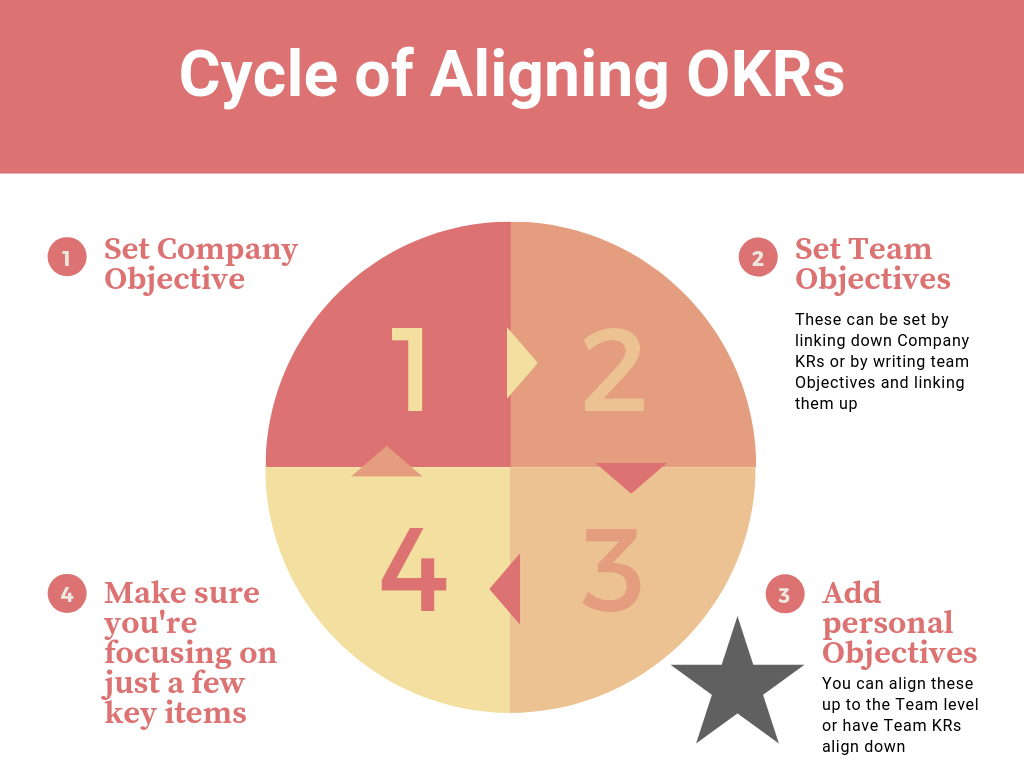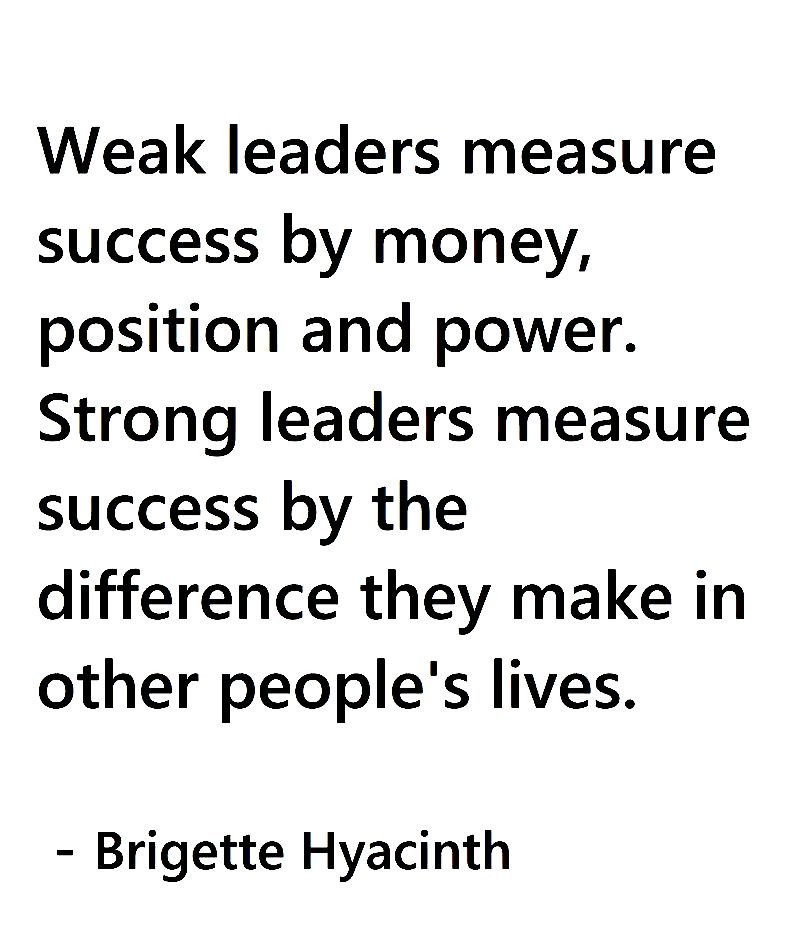What exactly is a brand?
Vital Germaine
Let’s begin with the absolutely not so obvious to many. A brand is not a logo, a jingle, an ad or a slogan. It is also not the product, a symbol or a name. This is a common misconception to young entrepreneurs and first time small business owners who are “building a brand”.
So, then what is a brand?
The short and simply version is this: A brand is a promise made and kept.
Let’s break that down.
You can tell your customers’ all day long who you are, what you are and what you do, but the reality is, your brand is based on their perception, i.e, your reputation. Your reputation is based on “promise made, promise kept.” Do you deliver on what you say you will? If you don’t you have an anemic brand.
All the other elements such as logo etc, fall under the category of “brand identity.” These are the visible elements of a brand, such as color, design, and logo, that identify and distinguish the brand in consumers' minds. They help customers identify you. These elements are not the brand itself.
There are two brand catagories.
PERSONAL BRAND: this first one is rarely thought of. YOU in your every day life are a brand. You are perceived a certain way and you have a reputation that determines if people like or trust you. And we interact (or do business) with people we know, like, trust and relate to.
The easiest and most impactful personal brand you can build is one that is authentic; a true and sincere reflection of your core values and your character. Not fake values that you contrived to look and sound good on paper, but honest, sincere values that you embody and live by in all aspects of your being and your business: your behaviors, your words, your actions, your habits and your patterns. Be aware that over time, your true brand or character will eventually be exposed. This is what you will be judged and perceived on… it’s your promise.
These same principals apply to the business world. The essence of your character/values (personal brand) will bleed into any form of business you undertake.
BUSINESS BRAND… read the business brand blog.





























